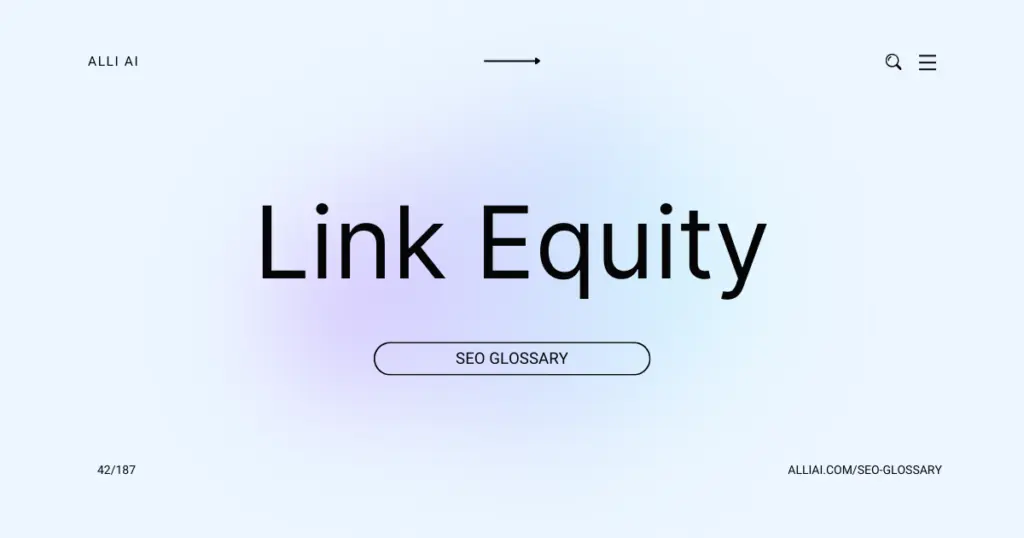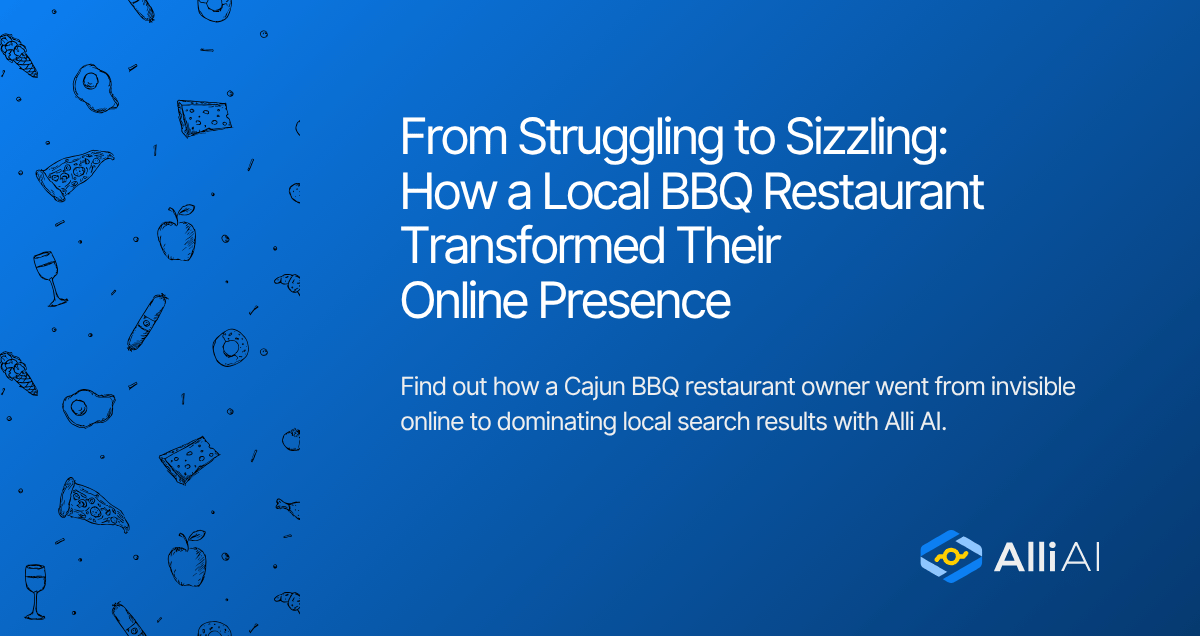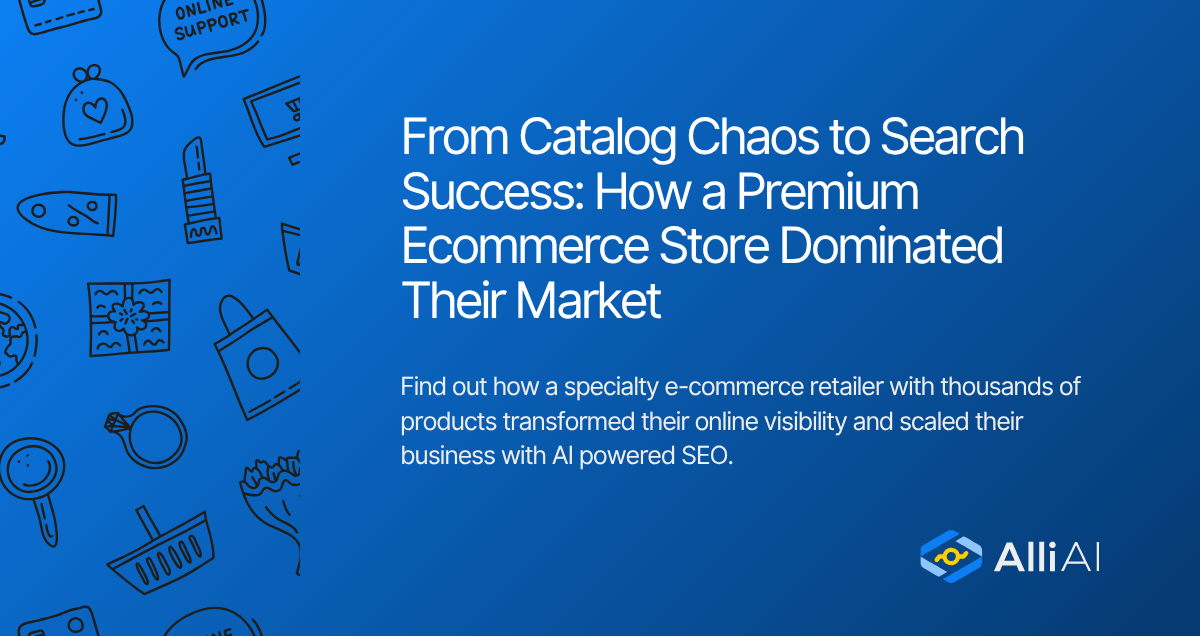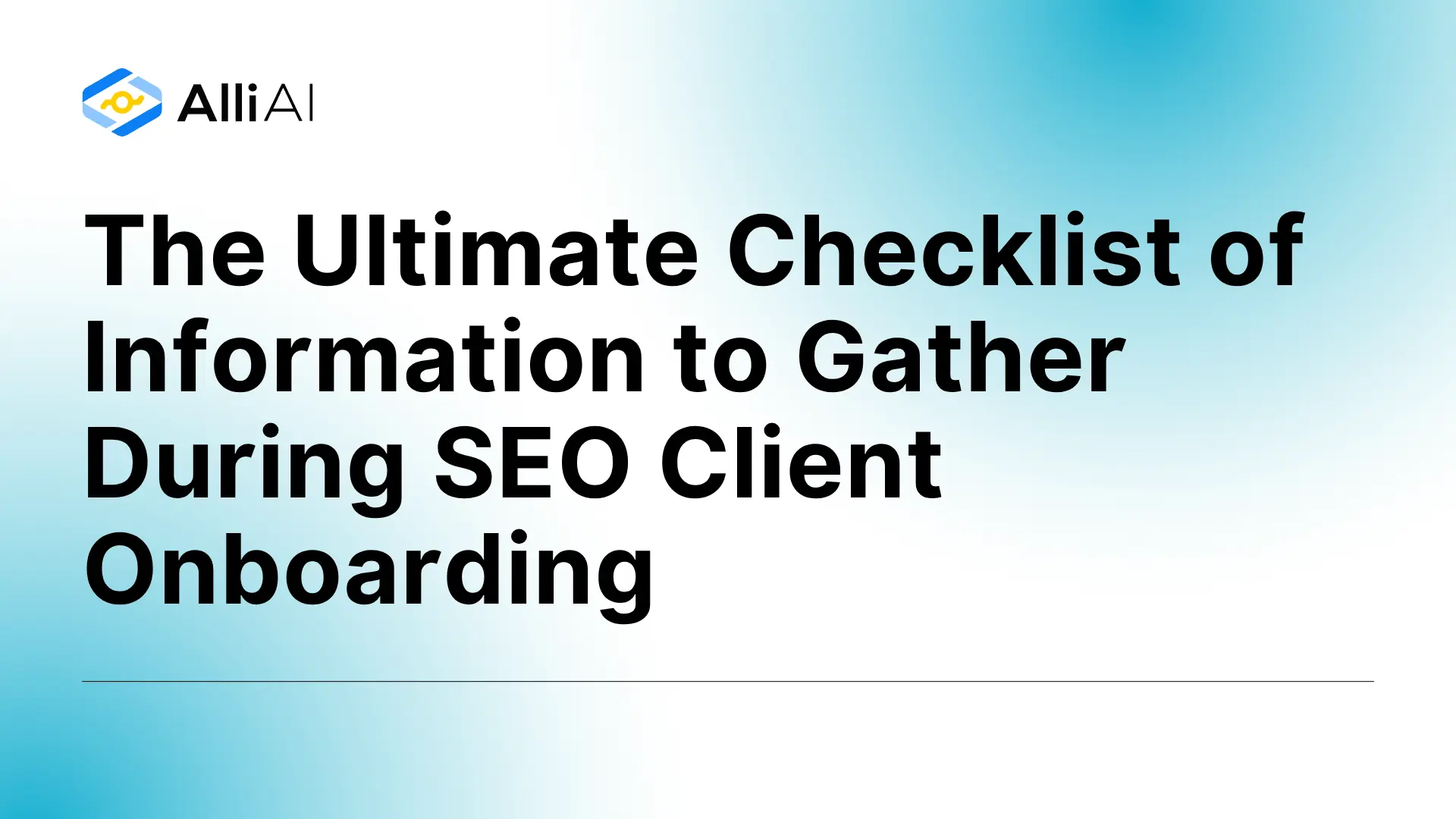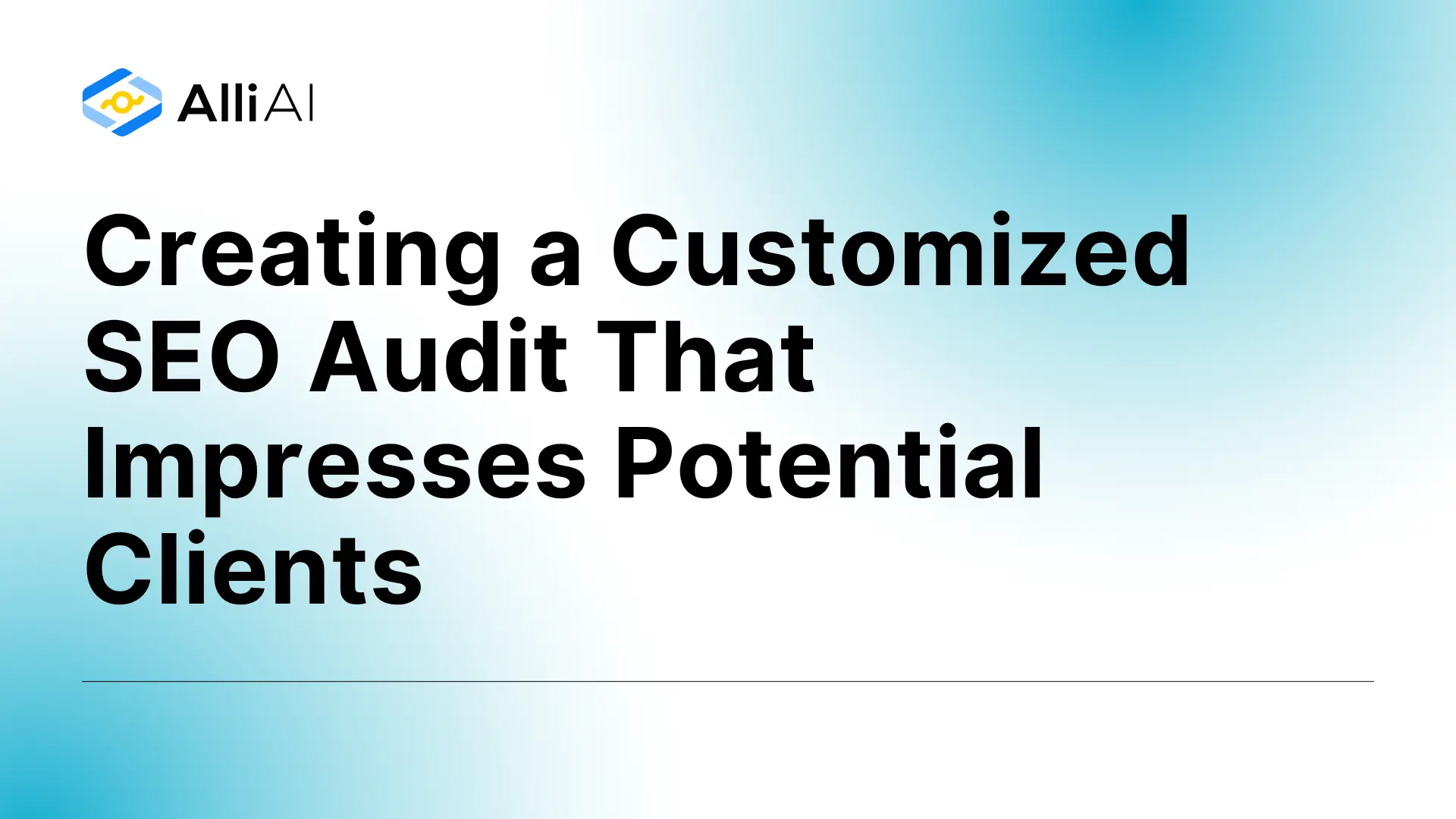What Does Link Equity Mean?
Link equity, often referred to as “link juice,” is the value or authority that one web page can pass to another through hyperlinks. It plays a crucial role in search engine optimization (SEO) because links from high-quality, authoritative sites can boost the ranking of the linked page in search engine results, thereby improving its visibility and credibility.
Where Does Link Equity Fit Into The Broader SEO Landscape?
Link equity, also known as “link juice,” is a significant factor in search engine optimization (SEO) as it determines the value passed from one page to another through hyperlinks. This value impacts a page’s ranking in search engine results. Pages with higher link equity are typically more authoritative and rank higher.
Link equity depends on several factors including:
i) The linking page’s authority: More authoritative pages pass more equity.
ii) Relevance of the linking page to the linked page: More relevant links are more beneficial.
iii) The number of links on the linking page: More links dilute the equity passed to each link.
iv) Whether the link is followed or nofollowed: Nofollow links do not pass link equity.
Thus, acquiring high-quality backlinks from authoritative and relevant sources is crucial for improving link equity, which in turn boosts a site’s visibility and ranking in search engine results. This makes link building a fundamental activity in SEO strategies.
Real Life Analogies or Metaphors to Explain Link Equity
1. Water Flow in Pipes: Think of link equity as water flowing through pipes. Each link is a pipe, and the water is the authority the link carries. Just like water pressure decreases as it travels and splits across multiple paths, link equity decreases as it passes through multiple links and gets diluted when split across several outgoing links.
2. Currency in the Economy: Each link is like a unit of currency being passed around in an economy. The more widely accepted and valued the currency (or link source), the more purchasing power (or SEO value) it carries. However, just as spending the same dollar in multiple places doesn’t increase its total value, spreading link equity too thin across many links diminishes its impact.
3. Tree Branches: Consider link equity as nutrients travelling through a tree from the roots to the leaves. The main trunk supports major branches, which further split into smaller branches and twigs, each delivering nutrients to leaves (web pages). The healthier the main branches (stronger links), the better nourished the leaves tend to be, enhancing the tree’s overall health (website’s SEO strength).
4. Electrical Circuit: In an electrical circuit, link equity can be viewed as electrical current flowing from one component to another. Each link is like a wire, and the current (link equity) can lose potency as it travels through resistance (lesser quality links) or gets divided among multiple pathways (linking to multiple pages), leading to a weaker current delivered to the final component.
5. Bees Pollinating Flowers: Imagine each link on the Internet as a bee carrying pollen (link equity). Bees spread pollen from one flower (website) to another, thereby fertilizing them (passing SEO benefits). However, if a bee has less pollen or visits too many flowers (excessive linking), each flower gets less benefit, similar to how diluted link equity affects page authority.
How the Link Equity Functions or is Implemented?
1. Acquisition of Links: Link equity starts by acquiring links from external websites, where the value, relevance, and authority of these linking domains play a crucial role.
2. Link Quality: High-quality links come from reputable, relevant, and authoritative websites. The quality of the linked content and the website’s domain authority impact the equity passed.
3. Anchor Text: The clickable text part of a hyperlink (anchor text) should be relevant to the linked page’s content. Contextual relevance can enhance the value passed through the link.
4. Nofollow vs. Dofollow: Dofollow links allow search engines to follow and pass equity, whereas nofollow links do not. The rel=”nofollow” attribute stops link equity, preventing manipulation of search engine results.
5. Link Location: Links embedded within the main content of a page carry more value than those placed in footers, headers, or sidebars where they might be considered less contextually relevant.
6. Link Freshness: Fresh links may pass more value than older links. The idea is that recent links indicate current relevance and usefulness.
7. Number of Links on the Page: The more links on a page, the more the link equity is diluted among them. Fewer outbound links can mean more equity per link.
8. Link Relevance: Links from pages or websites that are closely related to the content of the linked page are often more valuable than links from unrelated sources.
9. Direct vs. Redirected Links: Direct links provide more equity than redirected links (like through a 301 redirect), which can lose some amount of equity in the redirection process.
10. Interlinking Between Pages: Well-structured internal linking on a website helps distribute link equity throughout the site, which can enhance the SEO performance of all linked pages.
11. User Engagement Metrics: User behavior signals such as click-through rates and time on page can indirectly influence the perceived value of a link, impacting its potential equity.
12. Link Decay: Over time, links can lose value, particularly if the linking domain loses authority or the linked content becomes outdated, irrelevant, or is removed.
Impact Link Equity has on SEO
Link equity, often referred to as “link juice,” significantly impacts a website’s SEO performance by distributing authority and trust throughout the site, and this in turn influences rankings. High-quality inbound links from authoritative domains increase a site’s own authority, which boosts its position in search engine results pages (SERPs). This is because search engines view each external link as a vote of confidence in the quality and relevancy of the content.
Moreover, link equity not only flows from external sites but also internally. Proper internal linking strategies distribute link equity throughout the website, helping to enhance the visibility of more pages in search results. This internal distribution ensures that pages deep within the site structure are not overlooked by search engines, providing a more comprehensive indexing of content.
For user experience, well-planned link equity contributes to creating a coherent and logically structured website. This makes it easier for users to navigate and find the content they’re looking for, which can decrease bounce rates and increase time on site. Additionally, linking to relevant and authoritative pages boosts the perceived quality and reliability of a website, enhancing user trust and satisfaction.
SEO Best Practices For Link Equity
1. Audit Your Site Structure: Use tools like Screaming Frog or SEMrush to analyze and map out your website’s structure. Identify and fix any broken links, ensure that the website hierarchy is logical, and content is grouped in a way that enhances topic relevance.
2. Optimize Internal Linking: Use descriptive anchor text and link internally to important pages. Ensure each key page is reachable from multiple pathways. Spread link equity by linking from high-authority pages to pages that need a boost.
3. Create High-Quality Content: Develop content that is informative, relevant, and useful to your audience. High-quality content attracts external links naturally.
4. Use a Strategic Approach to External Linking: Reach out for backlinks from websites that are authoritative and relevant to your niche. Use guest posting, digital PR, and professionally crafted outreach emails to earn these links.
5. Leverage Social Media Platforms: Share your content on social media to increase visibility. Engage with users to drive traffic to your content, which can increase the chances of getting linked by other sites.
6. Implement a Mobile-First Design: Ensure your website is mobile-friendly to boost its rankings on mobile searches, indirectly affecting your site’s overall equity through improved user experience and engagement.
7. Utilize Schema Markup: Implement structured data to help search engines better understand and index your content, which can improve visibility and link earning potential.
8. Regularly Update Content: Refresh old content to keep it relevant and informative. Updated content is more likely to maintain and attract new inbound links.
9. Monitor and Analyze Backlink Profile: Use tools like Ahrefs or Google Search Console to monitor your backlink profile. Identify and disavow toxic links that could be harmful to your site’s health and link equity.
10. Engage in Community and Forum Discussions: Participate in industry forums, comment on relevant blogs, and engage in community discussions to increase visibility and encourage natural backlinking.
11. Remove Unnecessary Outbound Links: Evaluate your outbound links and remove links that are not useful or relevant as they can dilute link equity.
12. Improve Site Speed and Performance: Optimize loading times and overall site performance, as faster sites are likely to rank better and retain more visitors, potentially increasing link shares.
Implement these strategies systematically to improve your site’s link equity effectively.
Common Mistakes To Avoid
1. Irrelevant Links: Acquiring links from sites that are not relevant to your content or industry can dilute your link equity. Focus on obtaining links from industry-related websites and content that align with your niche to maintain a high relevancy signal to search engines.
2. Low-Quality Links: Links from spammy, low-quality or penalized websites can negatively impact your SEO. Use tools to assess the quality of potential linking sites and avoid those that could harm your reputation with search engines.
3. Over-Optimized Anchor Text: Using the same exact-match anchor text excessively can appear manipulative to search engines, leading to penalties. Vary your anchor text naturally and include branded, generic, and partial-match keywords.
4. Paid Links: Buying links can lead to severe penalties under Google’s guidelines. Instead, focus on organic link building strategies like content marketing, guest blogging, and public relations.
5. Ignoring Nofollow Links: Dismissing the acquisition of nofollow links can be a misstep; while they don’t pass link equity, they can drive traffic and support brand visibility. Recognize the balance between follow and nofollow links in your profile.
6. Neglecting Internal Links: Not leveraging internal linking opportunities can result in missed potential to boost page authority across your own site. Implement a strategic internal linking structure that distributes page authority throughout your site effectively.
7. Link Velocity Spikes: Building too many links too quickly can signal to search engines that the links are artificial. Develop a steady, consistent link-building strategy to avoid spikes that could raise red flags.
8. Focusing Solely on High DA Sites: Exclusively targeting high Domain Authority (DA) sites for links can overlook the benefits of more niche or specialized websites with lower DA but high relevancy and engaged audiences. A diverse link profile is often more beneficial.
9. Broken Links: Over time, some external links may become broken due to website migrations or closures. Regular audits can help identify and replace broken links, maintaining the integrity of your link profile.
10. Ignoring Link Context: Links embedded in irrelevant or poor context on the page can be undervalued or ignored by search engines. Ensure that the context surrounding each link is relevant and adds value to the content it supports.
Avoiding these pitfalls requires a well-balanced, thoughtful approach to building and maintaining a healthy link profile. Regular audits, diversified strategies, and adherence to white-hat practices are fundamental in optimizing link equity without risking penalization.
